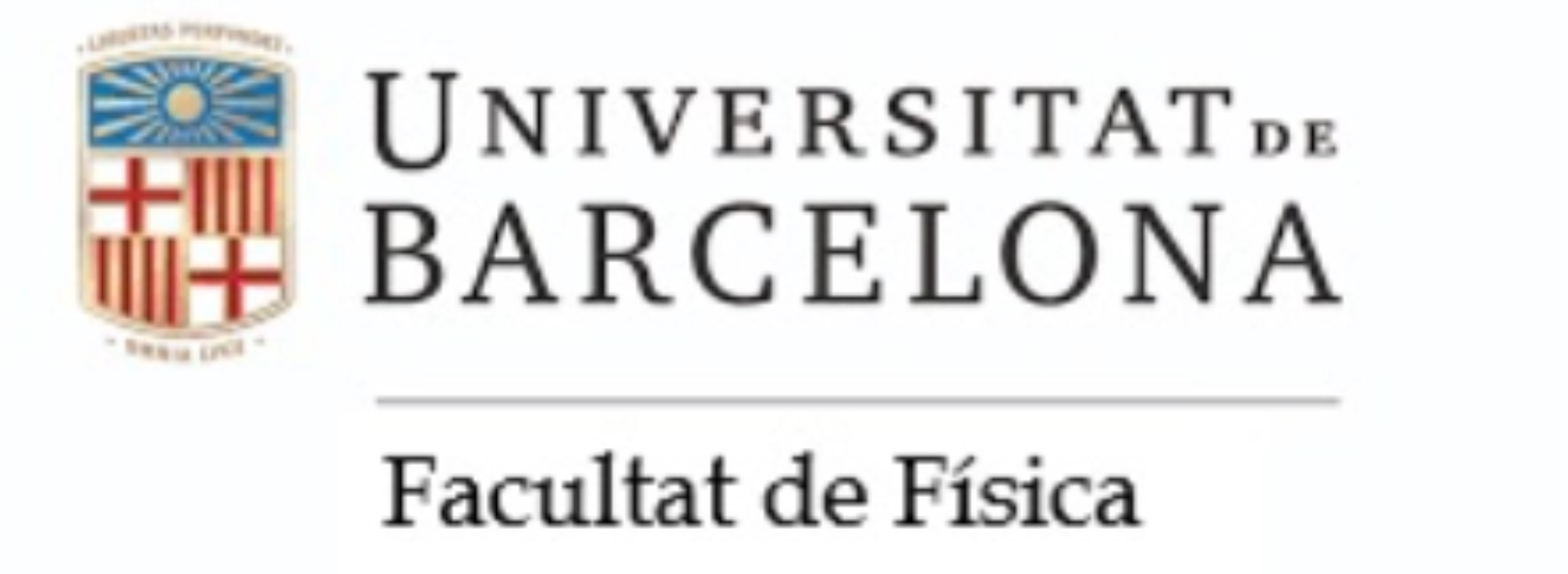
The microscopic processes governing the driven dynamics of several disordered systems of interest, such as vortex lattices in type II superconductors, involve the nucleation and motion of dislocations and similar topological defects. We investigate the close relation between topological readjustments of the vortex lattice and its electrodynamic response. With that purpose in mind, we carry out a numerical study of the critical current and the voltage characteristics after tuning certain relevant parameters, namely the magnetic field, the density of defects and, most importantly, the typical disorder strength, or pinning force. In the case of weak pinning interactions, the dynamics of dislocation assemblies is indeed the relevant mechanisms that accounts for the collective motion of the vortex array. Dislocations rearrange into grain boundaries, accounting for the emergence of polycrystalline order. We prove that grain boundary interactions with defects are responsible for a non-trivial dependence of
critical currents on the average defect density and we are able to corroborate previous analytical results which predicted the observation of individual and collective pinning regimes. Dislocation healing and dislocation motion in the steady state is also analyzed. On the other hand, in the case of higher defect strengths, the vortex assembly falls into a completely amorphous phase. The absence of a characteristic length scale results in a huge increase of the critical current. Depinning is now strongly heterogeneous, accompanied by a sharply discontinuous transition and individual vortex channel flow.
References:
Irreversible flow of vortex matter: Polycrystal and amorphous phases,
P. Moretti & M.C. Miguel.
Phys. Rev. B 80 , 224513 (2009).
Depinning and critical-current characteristics of topologically defected vortex lattices,
P. Moretti & M.C. Miguel
Phys. Rev. B 79 , 104505 (2009).
Grain boundaries in vortex matter,
P. Moretti, M.C. Miguel & S. Zapperi
Phys. Rev. B 72, 014505 (2005).
Growth of a vortex polycrystal in type II superconductors,
P. Moretti, M.C. Miguel, M. Zaiser & S. Zapperi
Phys. Rev. Lett. 92, 257004 (2004).
Depinning transition of dislocation assemblies: Pileups and low-angle grain boundaries,
P. Moretti, M.C. Miguel, M. Zaiser & S. Zapperi
Phys. Rev. B 69, 214103 (2004).
In collaboration with
- Paolo Moretti
- Stefano Zapperi
- Michael Zaiser
